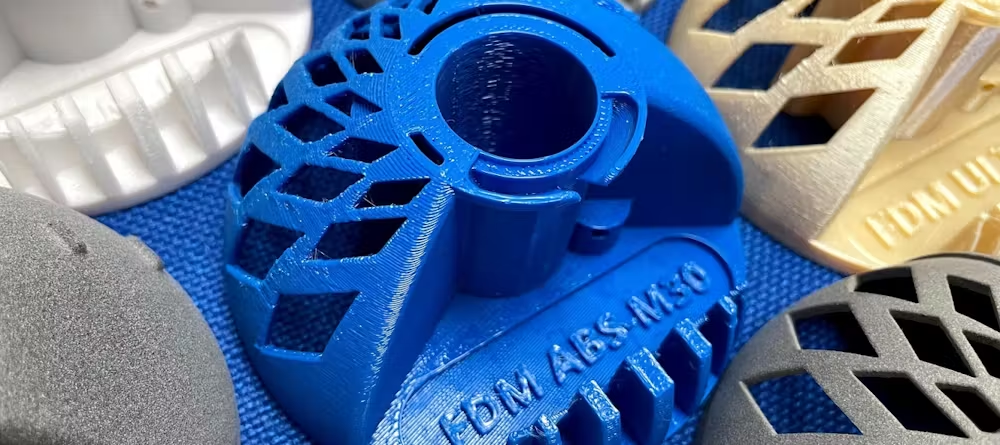When to use ABS?
· Functional prototypes
· Enclosures or parts exposed to heat
· Jigs and fixtures requiring repeated handling or stress
· Designs that require post-processing (smoothing, painting)
· Long-lasting, strong parts
· Resistance to impact and abrasion
· An easy-to-sand or chemically smoothed finish



